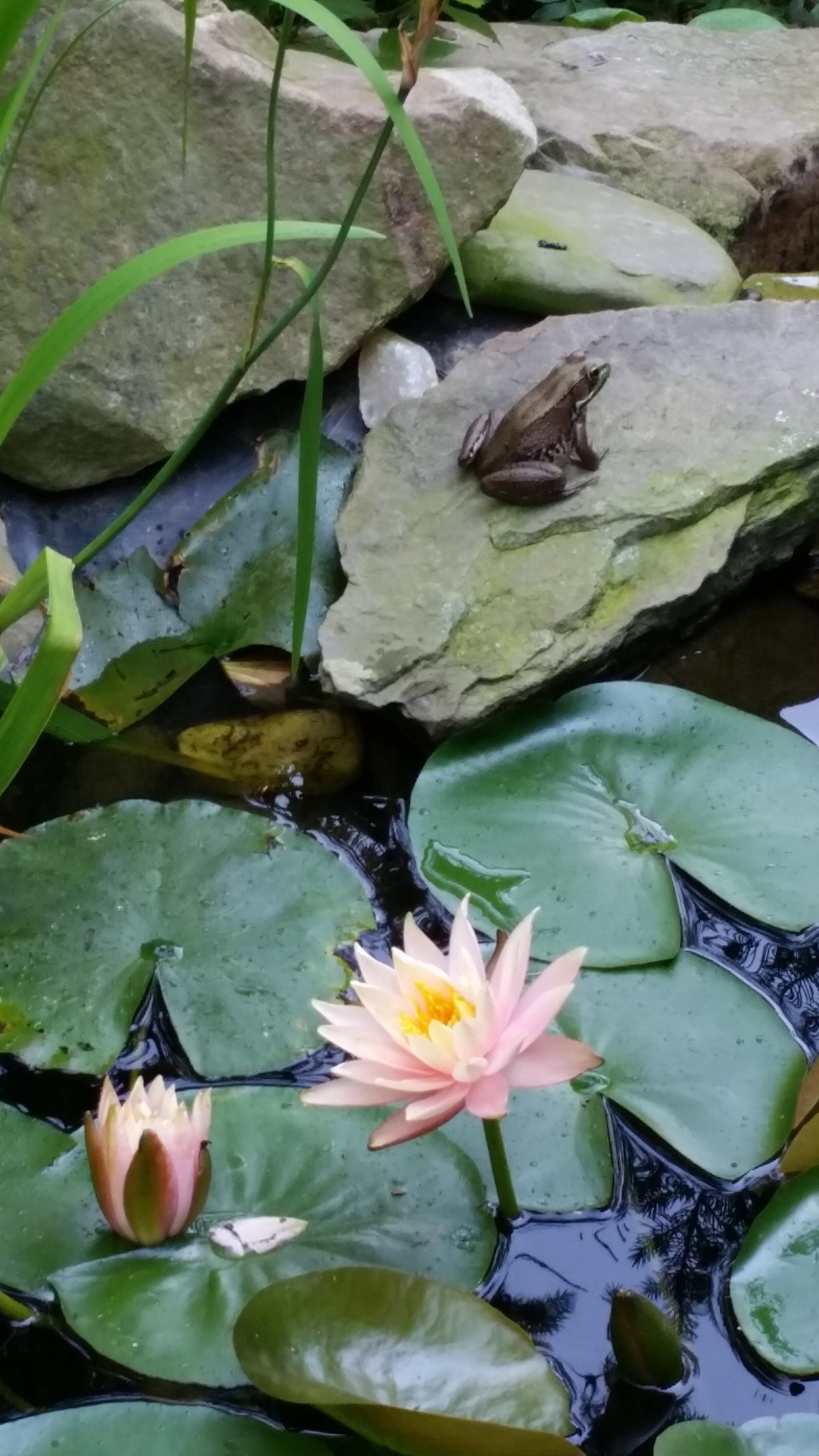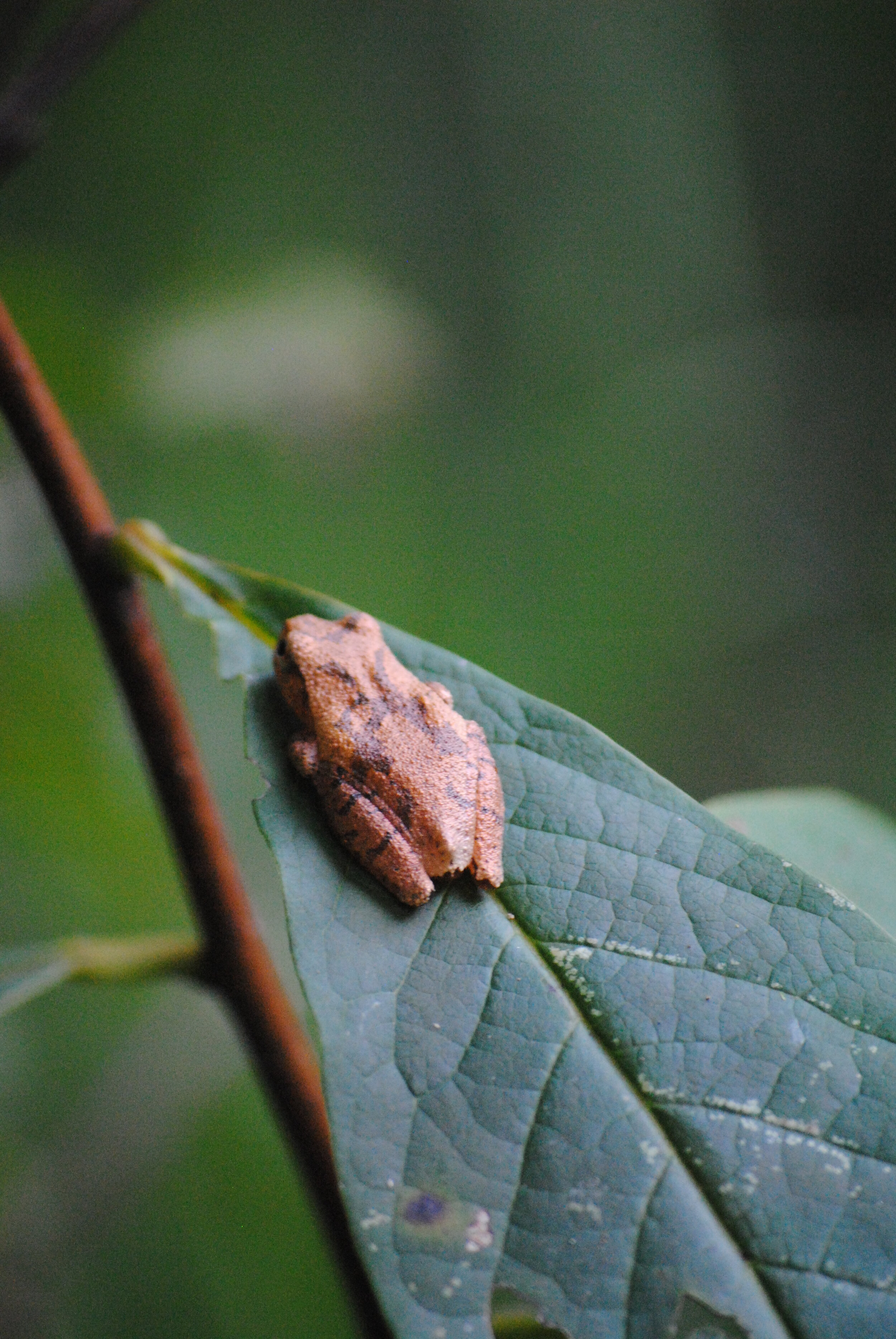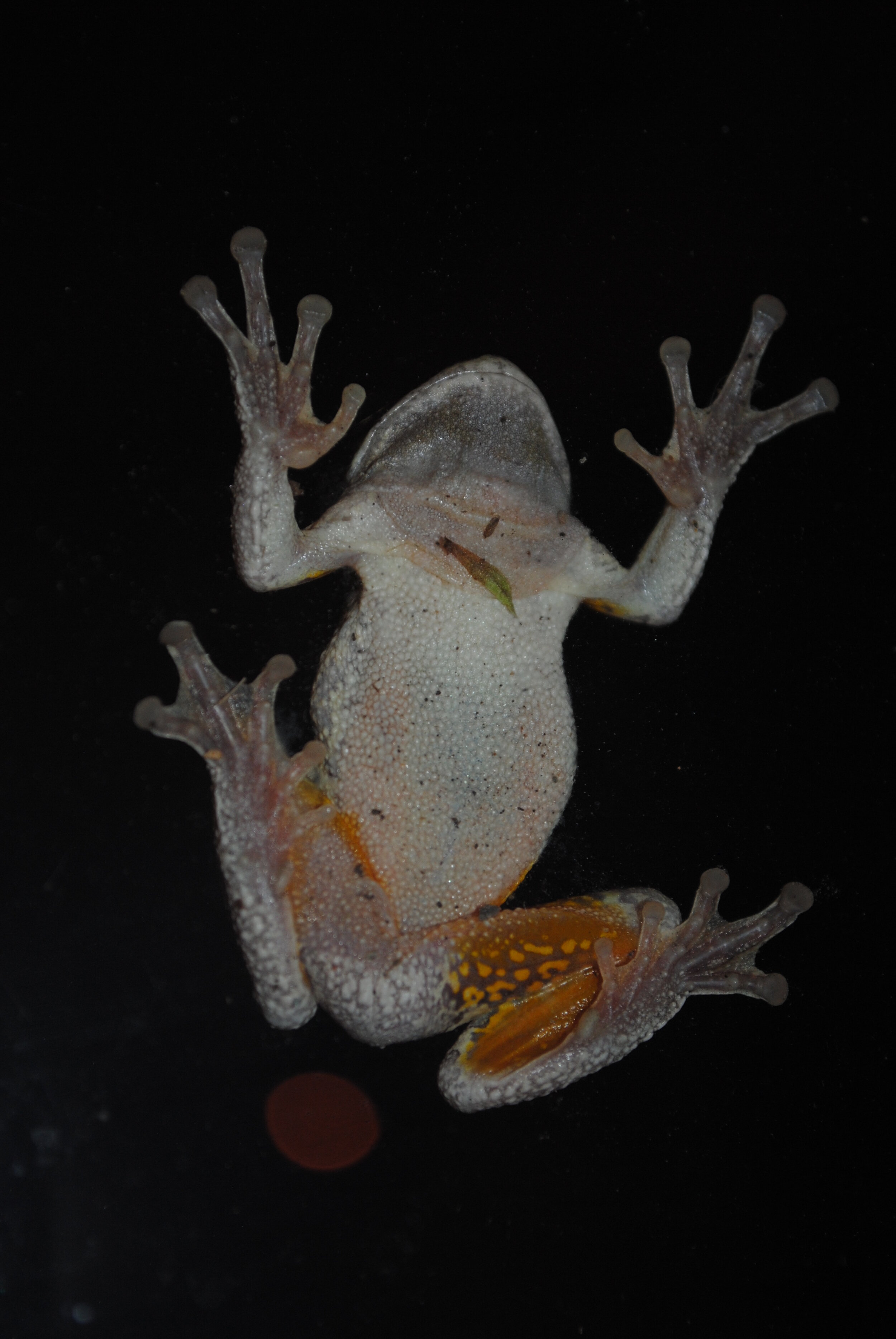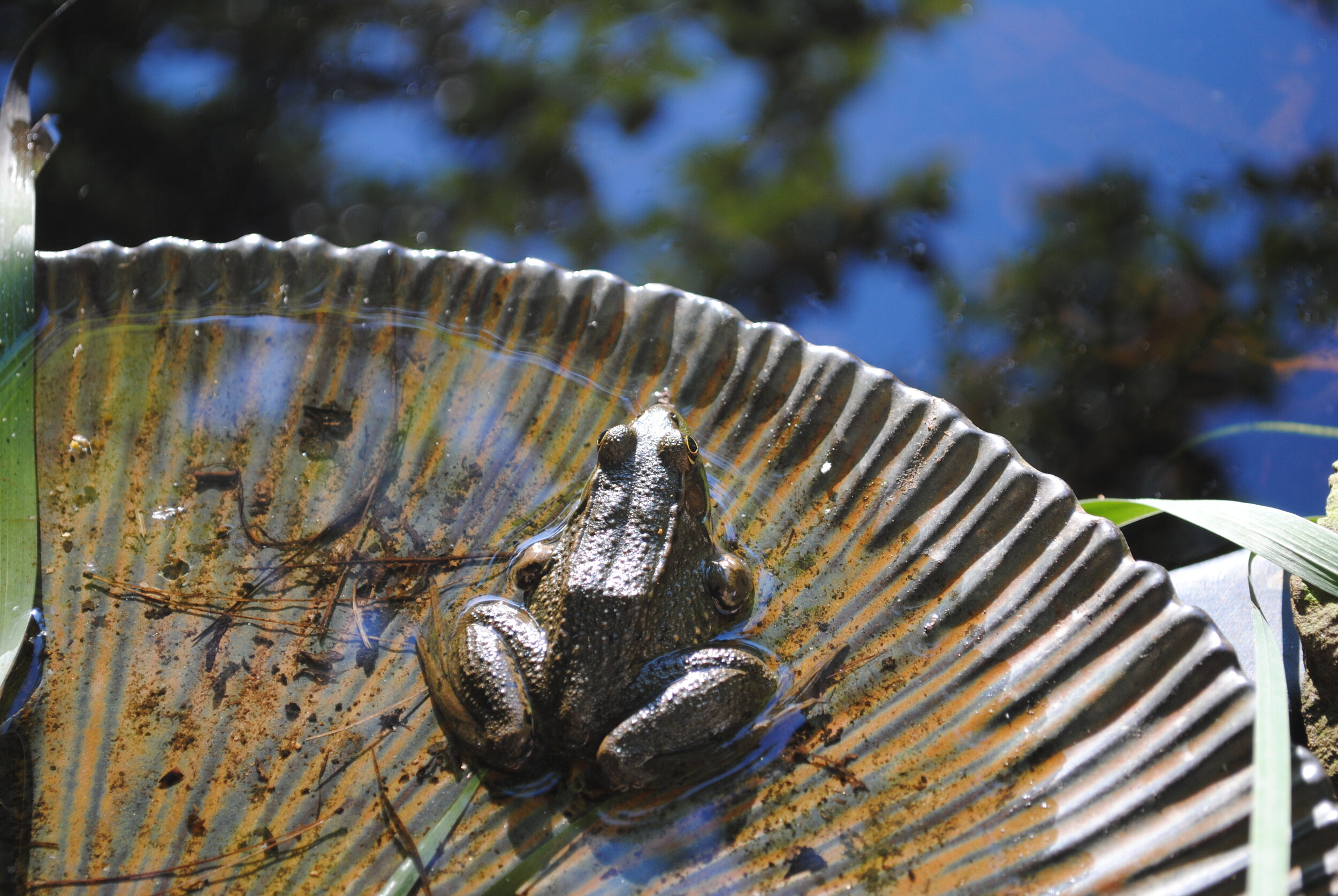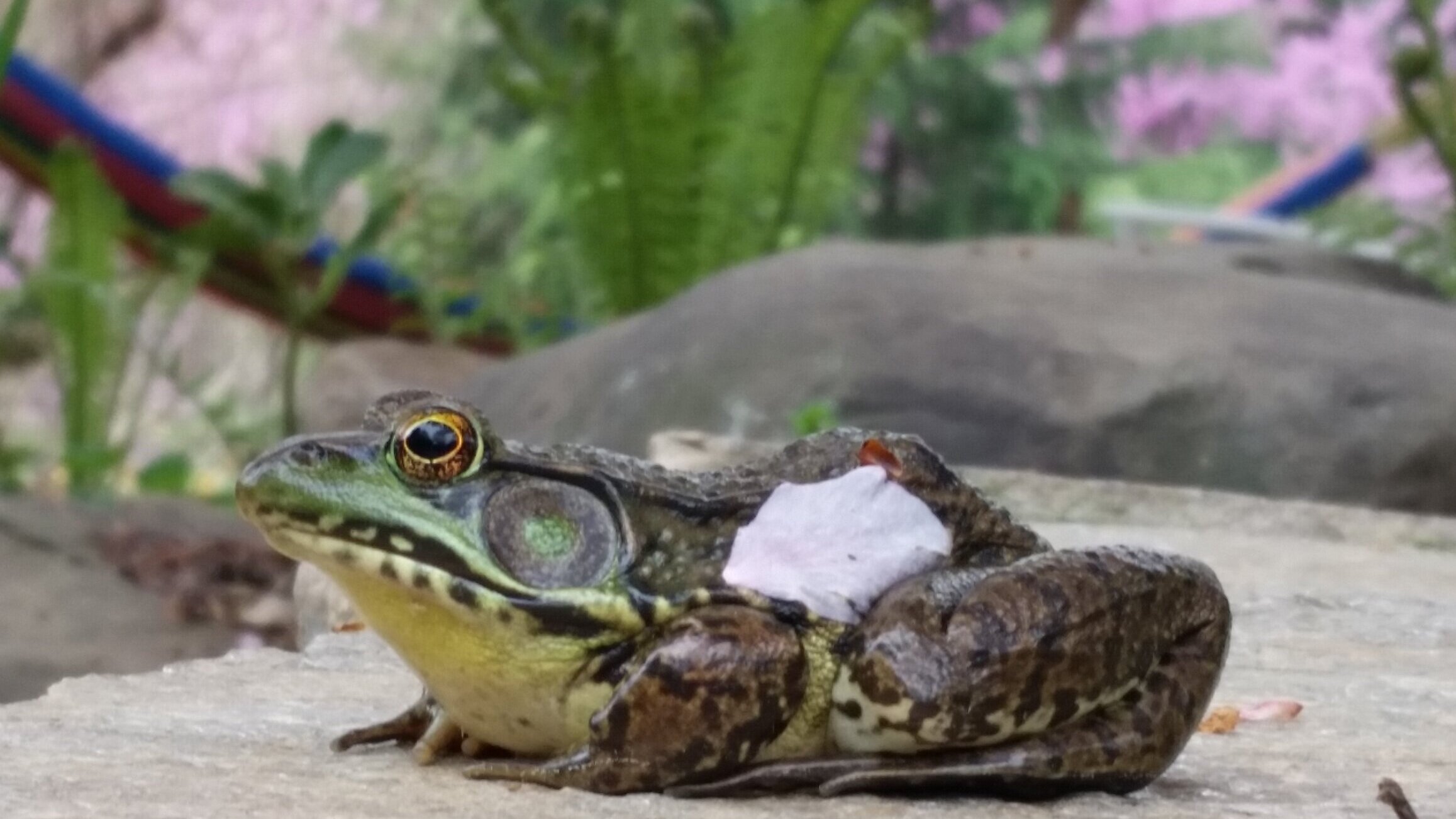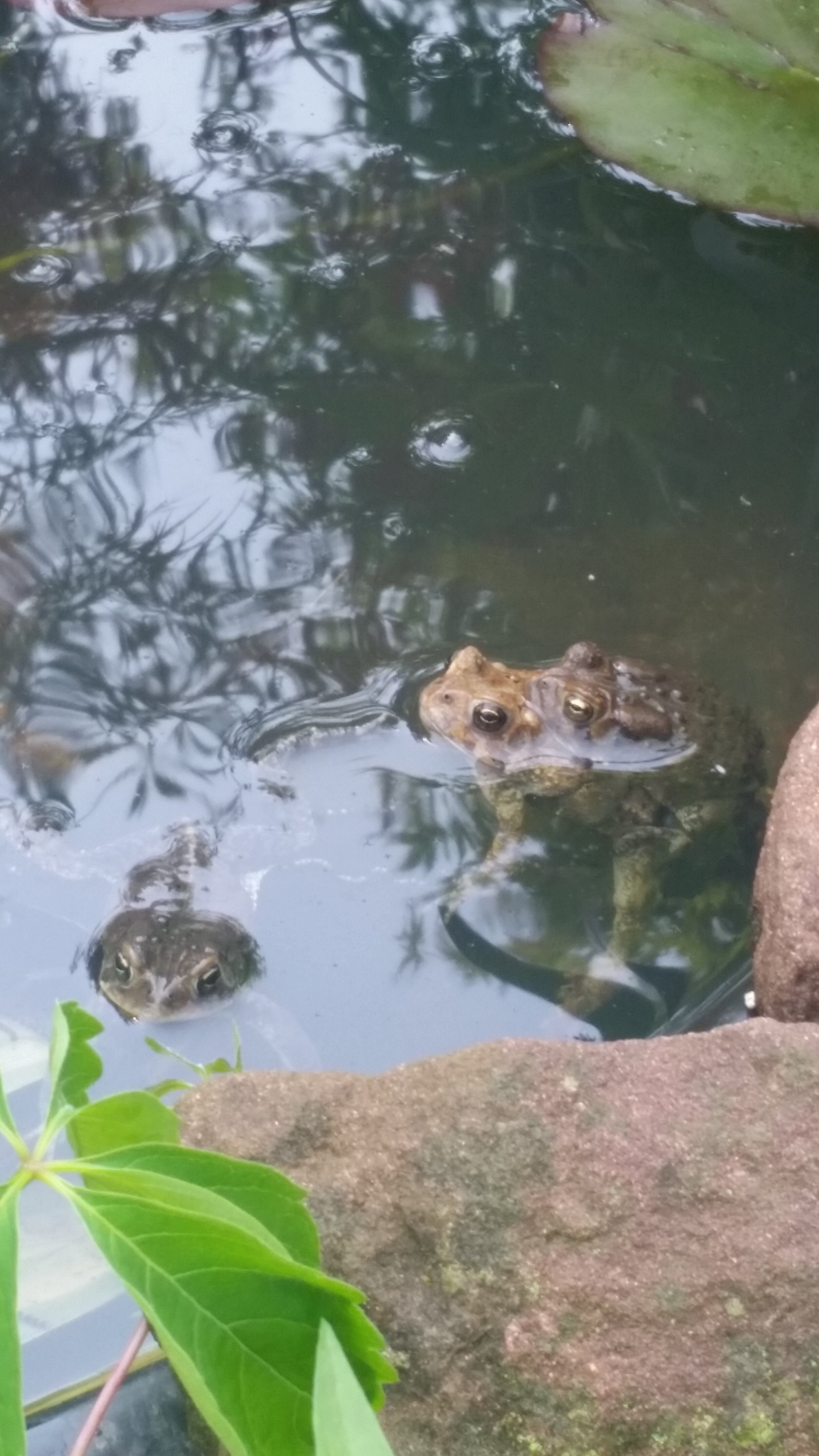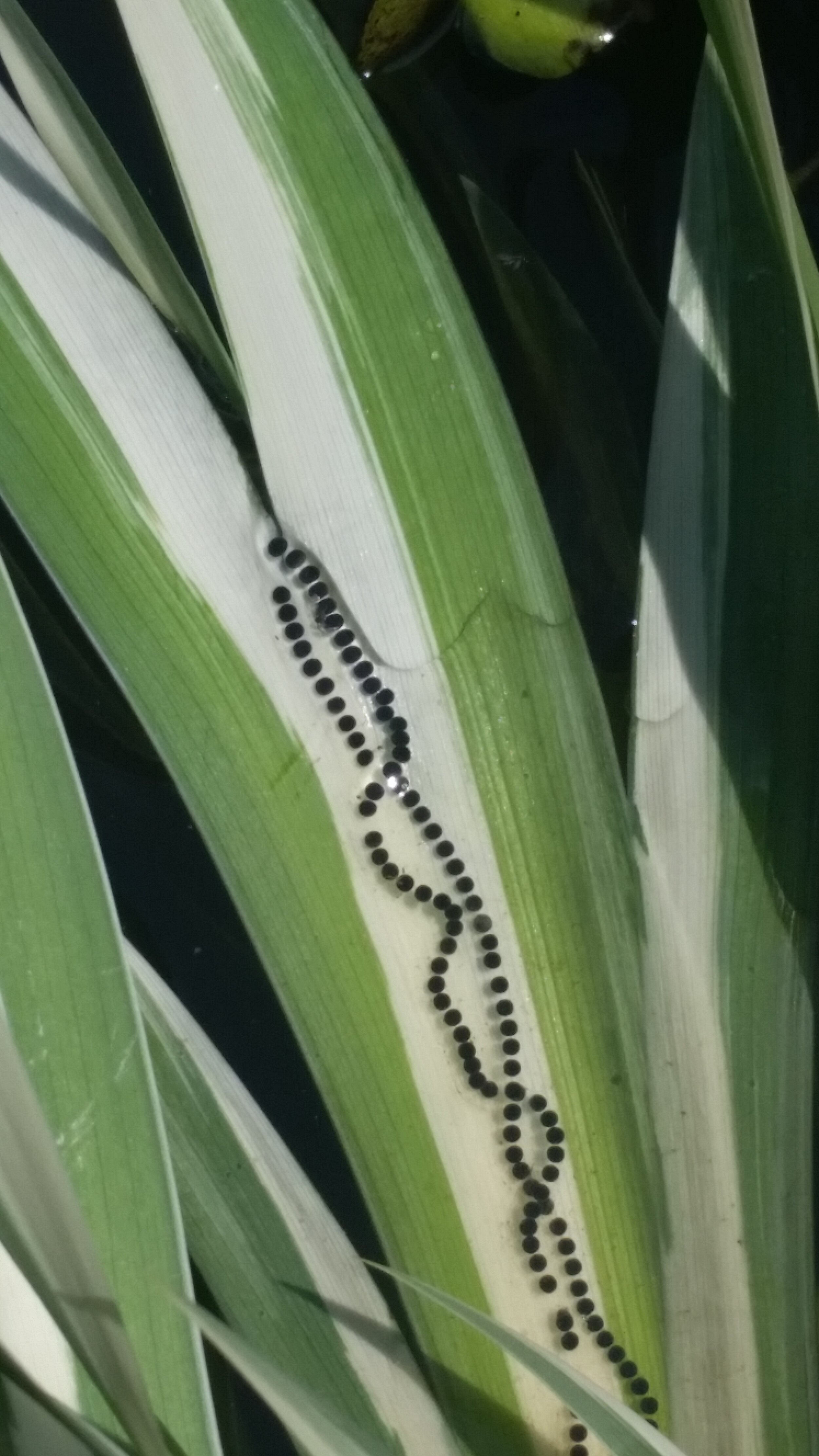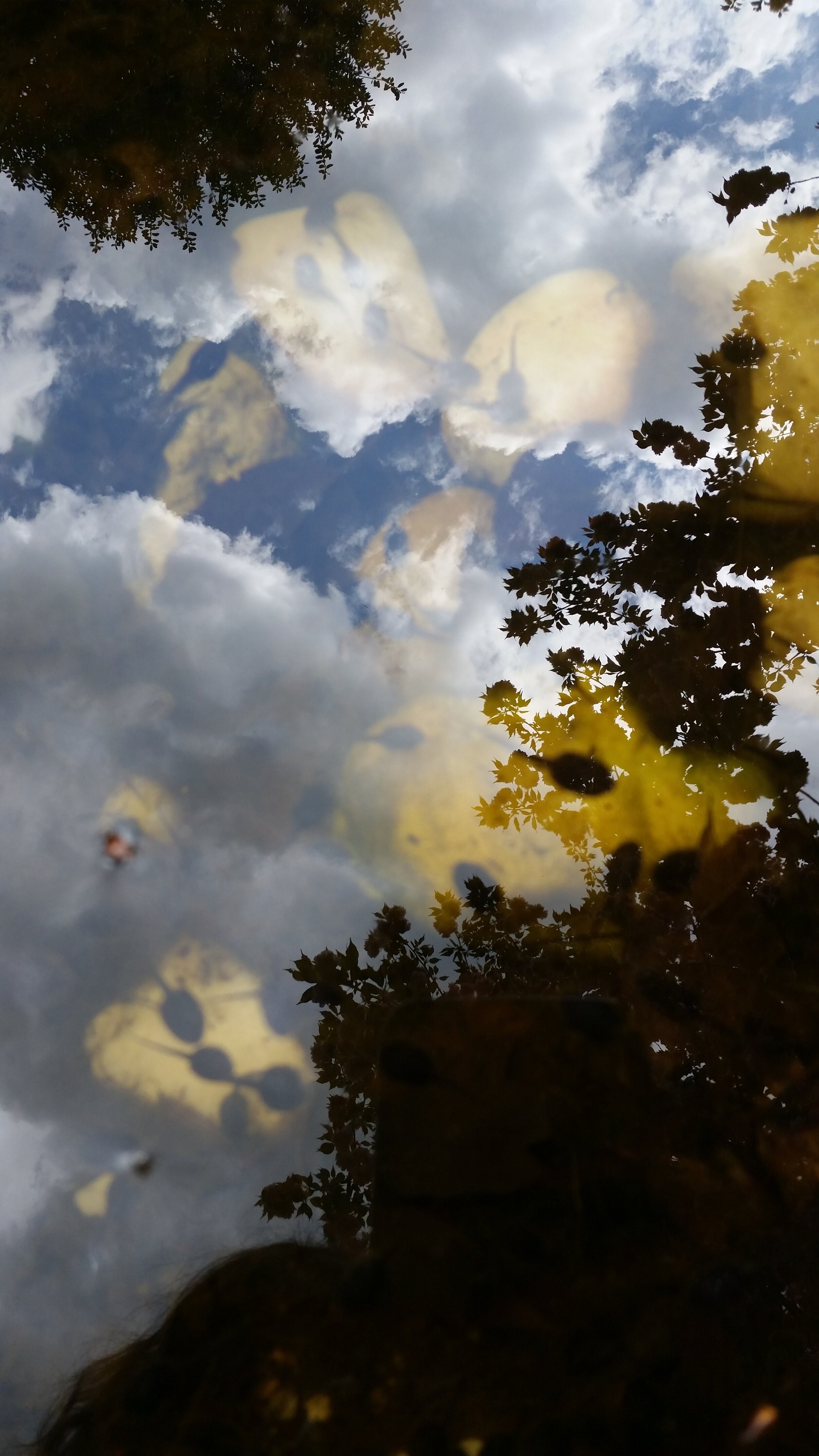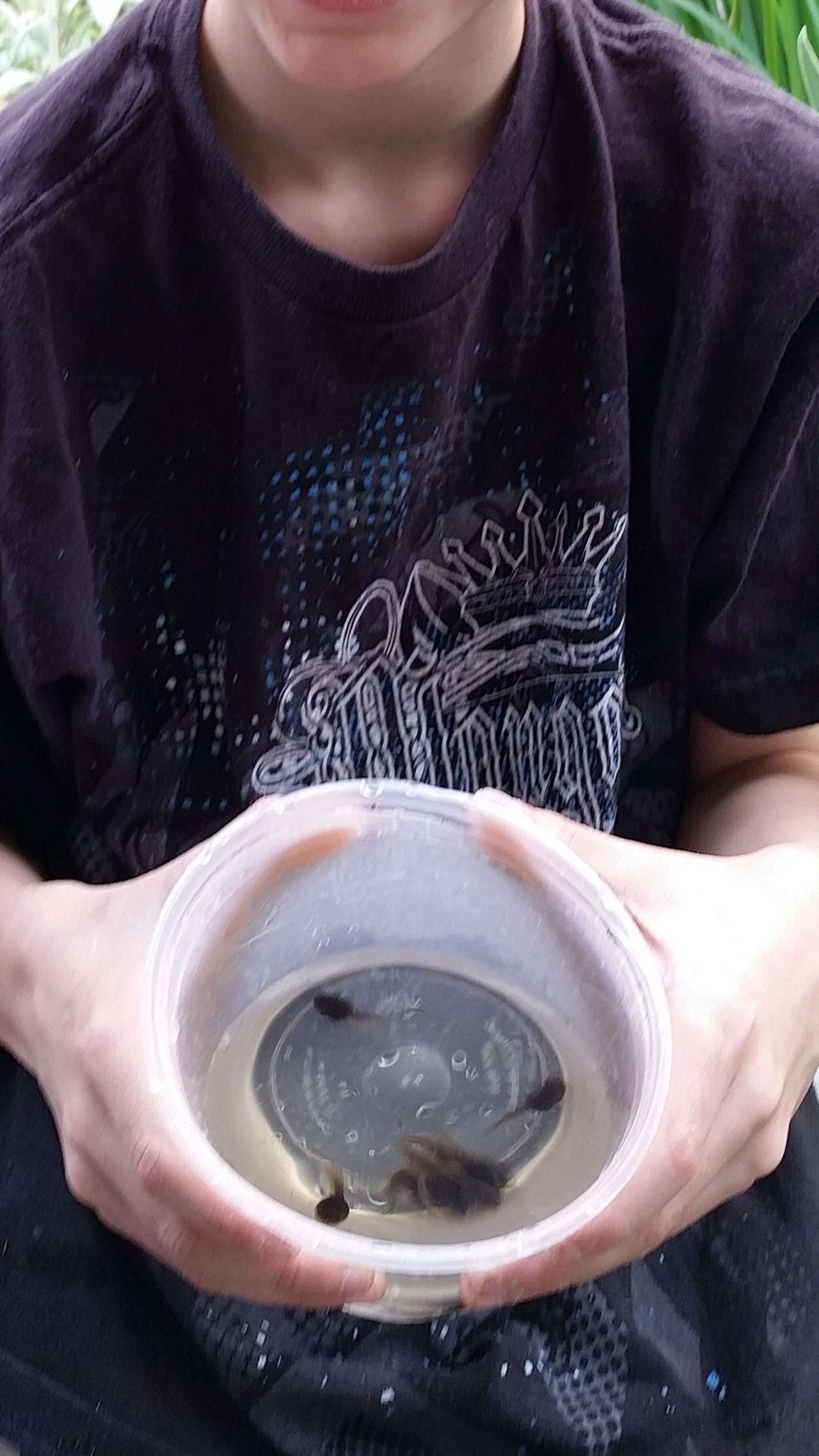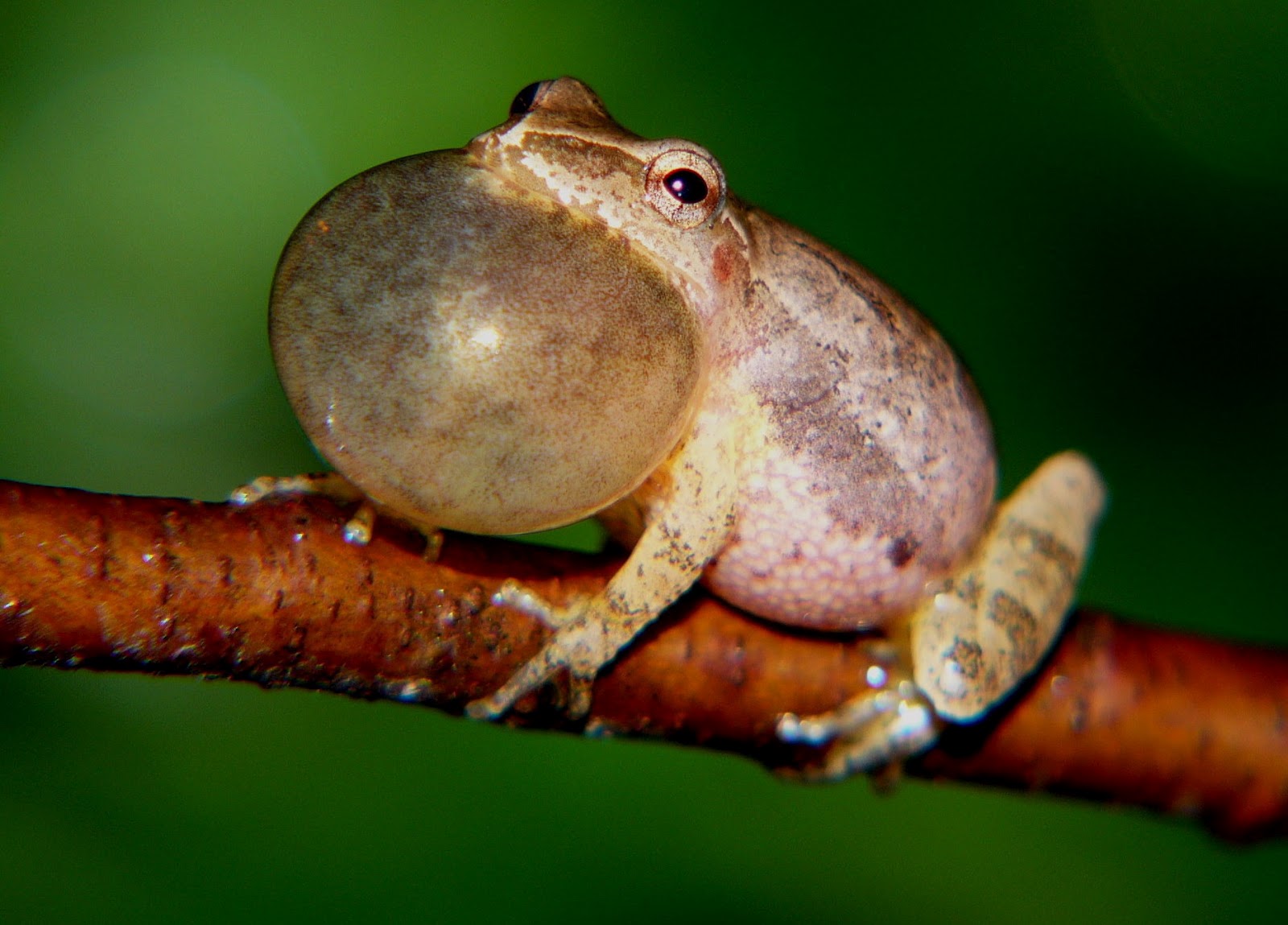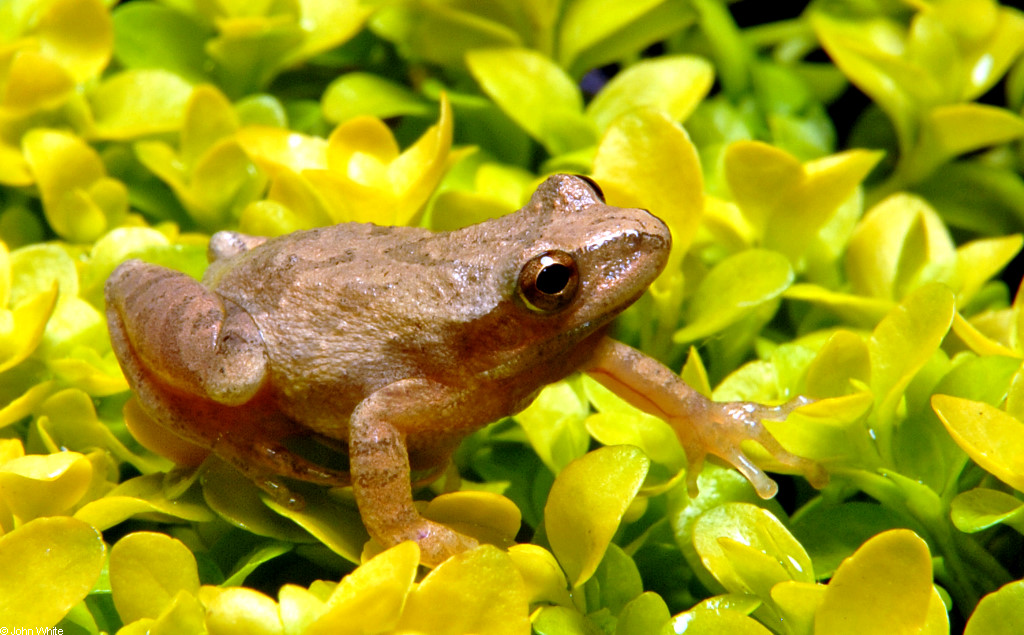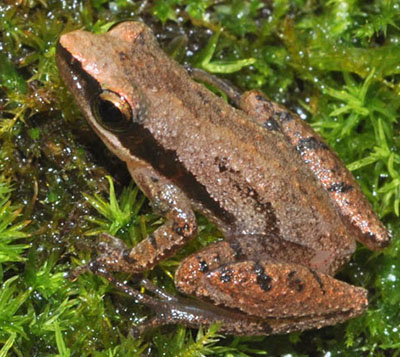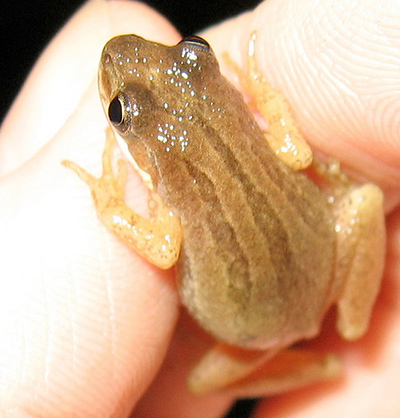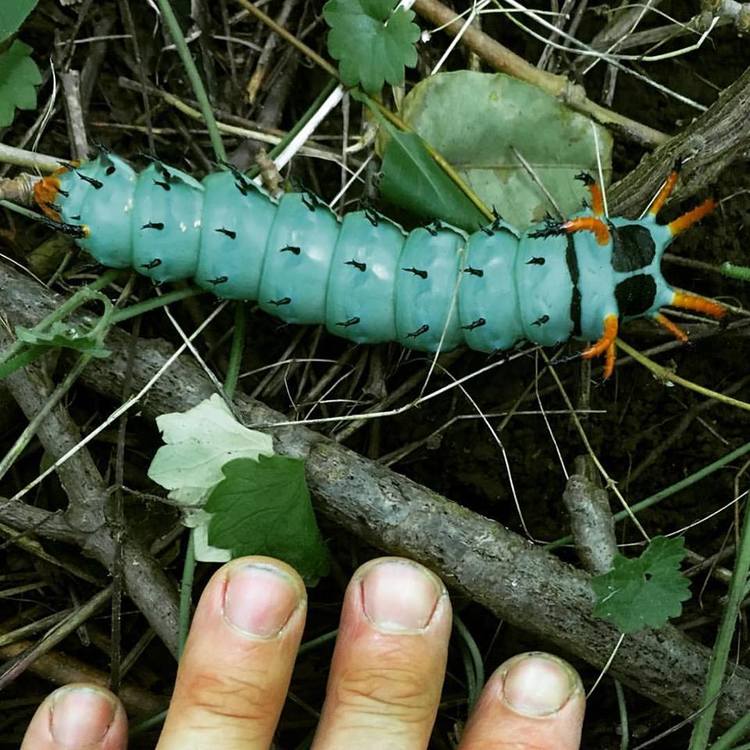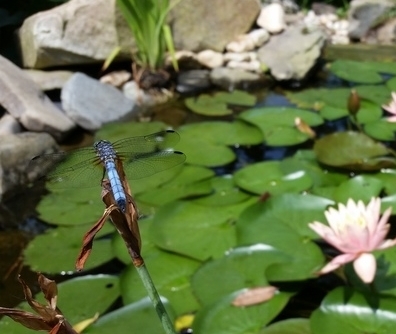Wildlife Great and Small
The diversity of Creation is marvelous. Here we share about just a few of the species in our area. They are great (800 pounds) and small (~1/2 inch). If there's a native creature you find fascinating, especially if you have a photo, please send us a post and we'll add it here. Email merikays@verizon.net
President Russell M. Nelson has said, “I testify that the earth and all life upon it are of divine origin. The Creation did not happen by chance. It did not come ex nihilo (out of nothing)….It is God who made us and not we ourselves. We are His people! The Creation itself testifies of a Creator. We cannot disregard the divine in the Creation. Without our grateful awareness of God’s hand in the Creation, we would be just as oblivious to our provider as are goldfish swimming in a bowl. With deep gratitude, we echo the words of the Psalmist, who said, ‘O Lord, how manifold are thy works! in wisdom hast thou made them all: the earth is full of thy riches.’” April 2000.
As you learn about our local wildlife, we hope you will want to do more to protect their habitat. Click this link for ideas of what you can do on your own property to conserve Creation:
http://www.chesapeakeecologycenter.org/wp-content/uploads/2016/05/I-SIGN_Wildlife_16x20_13_MB.pdf
Eastern Box Turtle
Male box turtle in Merikay's garden, July 2018. The reddish orange eye is a male indicator.
Eastern box turtles were once very commonly found throughout our region. In 2013 I heard Dr. Tallamy, an entomologist, speak and it changed the way I garden. He told us that near the University of Delaware is a 40 acre woodlot which has been left undeveloped and undisturbed. In 1968 a biologist surveyed the woodlot and found 91 eastern box turtles. Using the same technique, subsequent counts have followed the population with 22 turtles in 2002 and only 12 in 2012. Dr. Tallamy predicted that there will be none left at the next counting. If that is the fate in a contiguous 40 "natural" acres, it is possible to project decreased numbers in areas with habitat fragmentation, roads, lawns, and development. Female turtles need areas in which to lay eggs -- turf grass areas will not do.
After hearing a talk by Dr. Tallamy I replaced large areas of our lawn with native trees, shrubs and perennials. Within a few years I found turtles nesting in my garden! I don't see the turtles often, but occasionally as I'm in the garden I will see one slipping back under plant cover. I sometimes see them at my garden pond. Sadly, as too often happens to these turtles, I found one crushed by a vehicle on the road near our house. I don't know what the fate will be for the eastern box turtle, but this is one example of how our landscaping choices can make a difference. With so much working against their survival, it seems the least we can do is replace lawns with habitat that offers the possibility of creating new generations.
Real Eastern box turtle at Merikay's garden pond near plastic alligator friend.
You may need to educate and work with your neighbors to create contiguous habitat areas. I've since learned that it requires about 10 box turtles to an acre to have a self-sustaining population. These box turtles are slow to mature and have relatively few surviving offspring though if they live in healthy habitat they commonly survive to 50+ years.
-- Merikay
Frogs
Frogs are fascinating! Though they are often hard to spot they’re easy to ID by listening to their croaking sounds — they can be quite noisy as they call out to find each other. Creating a simple pond in your garden, especially if you have trees, shrubs and other native plants nearby, will provide habitat for your area’s frogs. The last time I dug a pond a frog jumped in the very day I filled it with water!
Ponds can be simple without a filter/pump system but you should have fish to eat mosquito larvae and some water plants. (An 8 x 10’ liner makes a pond about 4 x 5’ and costs < $40. A few plants and goldfish < $10.)
We have wood frogs (sounds like croaking ducks), spring peepers (high pitched peeps), tree frogs (fast tha-tha-tha-), bull frogs (fog horn), green frogs (loose banjo string plucked), northern leopard frogs (clicking sound) and American toads (long high trill) in our ponds at various times of the year to mate and lay eggs. Sometimes less common frogs also appear.
Here are some photos from our garden. What lives near you?
Youth like to watch tadpoles and watch the metamorphosis as the swimming tadpole gradually grows its legs and loses its tail. It’s also interesting to see the different types of egg masses and experience the seasonal changes week to week of which frogs are mating and croaking. Photos below from our garden pond. Eggs are from an American toad (lovely necklace of eggs vs amorphous mass).
Learn more including how you can become a citizen scientist to study frogs in a spot near you as part of FrogWatch at www.aza.org/frogwatch. It’s fun. You agree to listen beginning in February/March at dusk at a local wetland or pond and record which frog species you hear. The data is then entered into national databases which can track local and regional frog populations.
Some frogs are very small—here are photos which might help you to ID your next tiny frog. Below are separate posts on the tiny cricket fro and spring peeper.
Photos above: Spring Peepers (2 photos), Little Grass Frog, NJ Chorus Frog (smallest at ~1/2 inch, others can get to slightly more than 1 inch)
Virginia and Maryland each have great websites on frogs and toads. Here are two great sites.
http://www.virginiaherpetologicalsociety.com/amphibians/frogsandtoads
www.montgomerycountymd.gov/water/streams/frogs-and-toads.html
Cricket Frog
Julie Magnin took this photo. Highly variable, even within a single puddle, cricket frogs (northern and southern) can usually be identified by the backwards-pointing triangle on top of the head and often have a contrasting stripe down the back. Call sounds like a cricket.
The northern cricket frog is one of 14 species of frog and toads found in Montgomery County, where I live. What frog species can be found in your county? How many do you host in your garden? If none, can you create habitat to host them?
Spring Peepers
On spring nights in the Chesapeake Bay watershed, a chorus of high-pitched peeps rings out from marshy woodlands and swamps. I love the sound but worry because in our immediate area, the spring peeper population has dropped significantly recently. Lately we have only a few spring peepers calling out, a lonesome sound. Hopefully you still have many in your local woodlands and wetlands.
In the short (< 5 minutes) CBF video below you can hear the peepers and learn about their life cycle. There’s an activity sheet for students too.
https://www.cbf.org/document-library/education-resources/lets-explore-spring-peepers-investigation.pdf
Horseshoe Crabs
Limulus polyphemus
Each spring in May and June millions of Atlantic horseshoe crabs mate and lay eggs on the shores of the Delaware Bay. If you've walked along the beaches of the mid-Atlantic, chances are you've seen the ancient crabs in their remarkable armor but have you ever seen this annual reproduction ritual?
The invasion is most dramatic when there is a full moon or new moon, creating the highest tides of the month. When it’s over, the beach is littered with the helmet-shaped shells and trillions of its greenish eggs.
While these animals spawn from Maine to the Yucatan Peninsula, Delaware Bay is the center of activity. Warm water and sandy shores without big surf are part of the reason. Some swim and crawl more than 60 miles — from the continental shelf off the mouth of the bay — to get there.
Horseshoe crabs are related to trilobites, which lived 550 million years ago, and have existed as a distinct species for at least 450 million years.
Female horseshoe crabs are slightly larger than males. The underside appendages also vary between the males and females. Photo: Washington Post, 04/26/2018
Happy Thanksgiving
EASTERN WILD TURKEY
(Meleagris gallopavo silvestris)
I just bought my Thanksgiving turkey, a domesticated turkey found on most of our plates this time of year. The wild turkey is also pervasive -- it can be found in 49 states including Hawaii. The subspecies in our area, the Eastern wild turkey was called the “forest turkey” by the Puritans. This turkey can be found from the Canadian border to northern Florida and westward to the Mississippi River. There is a distinct brown-tipped upper tail feather found on the male of the Eastern wild turkey. Their preferred habitat is typically wet, swampy land, or early-growth forests with low-lying brush. We sometimes hear wild turkeys calling in the woods near us though it's more common to see the unrelated turkey vulture. -- Merikay
http://www.americanforests.org/blog/where-the-wild-turkeys-are/
Atlantic sturgeon
Atlantic sturgeon can grow to 14 feet long and weigh 800 pounds. These ancient fish have been nearly exterminated -- only about 200 are known to survive in the Chesapeake Bay region. Thanks to efforts by researchers and others, there is some hope of rebuilding their populations though recent cuts at the EPA may jeopardize years of progress. I'm posting this in November and you might consider sharing with your family the history below as we remember the early colonists at Thanksgiving.
Photo: cbf.org
More than two thirds of the 214 settlers at Jamestown died in the harsh winter of 1609, during what they called the “starving time."
In the spring, the survivors saw something miraculous surging up the river: an armada of dinosaur fish, massive as logs, with bony armor, forked tails, sloped heads, and dangling whiskers. They were Atlantic sturgeon, returning up the James River to spawn. They could wade into the river and spear huge fish with their swords, thus saving their colony from starvation.
Sturgeon are sometimes described as the “foundation fish," because they allowed the English to keep their tentative toehold in the New World. Now we have taken them to the brink of extinction. To learn more:
If you want to learn what we, as earth stewards, can do to help save the stureons, please contact Merikay at merikays@verizon.net.
Bog turtle
At only about 4 inches long, the bog turtle (Glyptemys muhlenbergii) is North America's smallest turtle. It's also listed as a federally threatened species. Though rare it can be found in the Chesapeake Bay region.
Photo: USFWS
https://www.fws.gov/northeast/ecologicalservices/turtle/species/bogturtle.html
This species typically shows a bright yellow, orange or red blotch on each side of the head. The nearly parallel sides of the upper shell—known as its carapace—give bog turtles an oblong appearance when viewed from above. These small, semi-aquatic turtles consume a varied diet of primarily insects, snails and worms.
Bog turtles usually occur in small, discrete populations, generally occupying open-canopy, unpolluted, herbaceous sedge meadows and fens bordered by wooded areas. Bog turtles depend upon this diversity of habitats for foraging, nesting, basking and hibernating.
The northern population of bog turtles ranges from New York and western Massachusetts south to Maryland.
The greatest threats to the bog turtle are the loss, degradation and fragmentation of its habitat. The species is also threatened by poaching for illegal wildlife trade.
Photo: USFWS
In the Chesapeake Bay region the US Fish & Wildlife Service works to protect the bog turtle:
Biologists are using goats to maintain wetlands through managed grazing. For a few months in 2008, 19 goats were placed on a 5-acre bog turtle site in Carroll County to control unwanted vegetation, including the invasive multiflora rose.
Additional projects through the Coastal Program and the Endangered Species Program with private landowners and other partners include:
Installing fences on 6 acres at two sites in Maryland and a 3-acre site in Delaware to protect these sites from overgrazing.
Working with a Maryland landowner and USDA-NRCS to protect 30 acres of bog turtle habitat through the Wetland Restoration Program.
Prioritizing 65 bog turtle sites in Maryland for future restoration efforts based on population size, reproduction and connectivity to other bog turtle sites.
Is there anyone interested in researching what we at Earth Stewardship East can do for the bog turtle? If so, contact Merikay at merikays@verizon.net.
Hickory Horned Devil
Earth steward Taylor Knight photographed this hickory horned devil on Van Deventer Island in the Potomac. This gorgeous caterpillar can be found throughout our region, generally as it drops to the ground looking for a place to pupate. It is one of the largest native caterpillars -- can get as big as a hot dog! Not surprisingly, it becomes a very large moth -- the regal moth with up to a 6 inch wing span. Native trees are its food source: walnut, hickory, persimmon and others.
Blue Dasher Dragonfly
Common through out the United States and up into Southern Canada, these brilliant dragonflies can be spotted by ponds, lakes, marshes, and bogs. Larvae are very tolerant of wetlands with poor water quality and low dissolved-oxygen levels. Males are a brilliant blue as pictured. Females are more yellow brown. I was able to watch a female visit the pond and lay eggs on the lily pads. Photo below by Terri Pitts, local Master Gardener.
Our Native Bees
I love watching the native bees in my garden.Take this challenge, find 5 different species of native bees in your garden or neighborhood. If you want, send us a photo.
There are 4,000 species of native North American bees from tiny Perdita to large carpenter bees: all pollinator flowers, especially native flowers. The European honey bee, remarkable as it is, doesn’t know how to pollinate a tomato, pumpkins, watermelons, blueberries or an eggplant flower, while some native bees are masters at this.
Native bees come in a wide range of sizes,shapes, life styles, places they frequent, nests they build, flowers they visit and season of activity. For instance, the Southeastern blueberry bee is capable of visiting as many as 50,000 blueberry flowers in her short life.
Bees are descended from wasps. Most wasps are carnivores. Millions of years ago, when the first flowering plants began to bloom, some wasps made a switch from hunting prey to gathering pollen for their brood. Gathering pollen and nectar requires certain adaptations different from those of hunters; so they started to change to meet these requirements and consequently became bees.
Many of our native bees are ground nesters. They choose a bare spot, with sunshine and start digging. They build a long tunnel slightly wider than their own bodies. Some don’t want any neighbors around; others prefer the company of their own sisters. They are solitary in the sense that each digs her own nest and takes care of her own brood all by herself. Others show different levels of cooperation, sharing the tasks of nest building and food provisioning. At the end of the tunnel the mother bee builds a chamber a little wider; this will be the nursery for just one bee. She fills it up with enough food for one bee to grow from egg to full size. There she lays an egg and seals the chamber. She will add other branches to the tunnel; at the end of each there will be another cell or chamber properly stocked and with an egg.
Some bees take advantage of already existing holes -- hollow stems or holes made by beetles or others in trees. There, they construct chambers, usually lined up in a row, which they stock one by one to serve as nurseries. Native mason bees are hole nesters who use clay to build walls between cells and to seal the entrance. Leafcutters cut round pieces of leaves for the same purpose and also to line the inner walls of the tube.
(Above is a summary from bugguide.net )
An excellent book on our native bees recommended by the Xerces Society ( xerces.org ) is The Bees in Your Backyard: A Guide To North America's Bees by Joseph S. Wilson and Olivia Messinger Carril (Princeton, 2015). Below are some native bees on native sunflower, coneflower, and monarda punctata.



